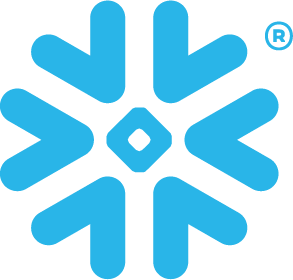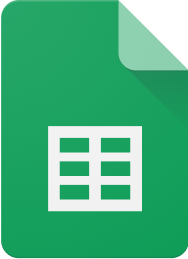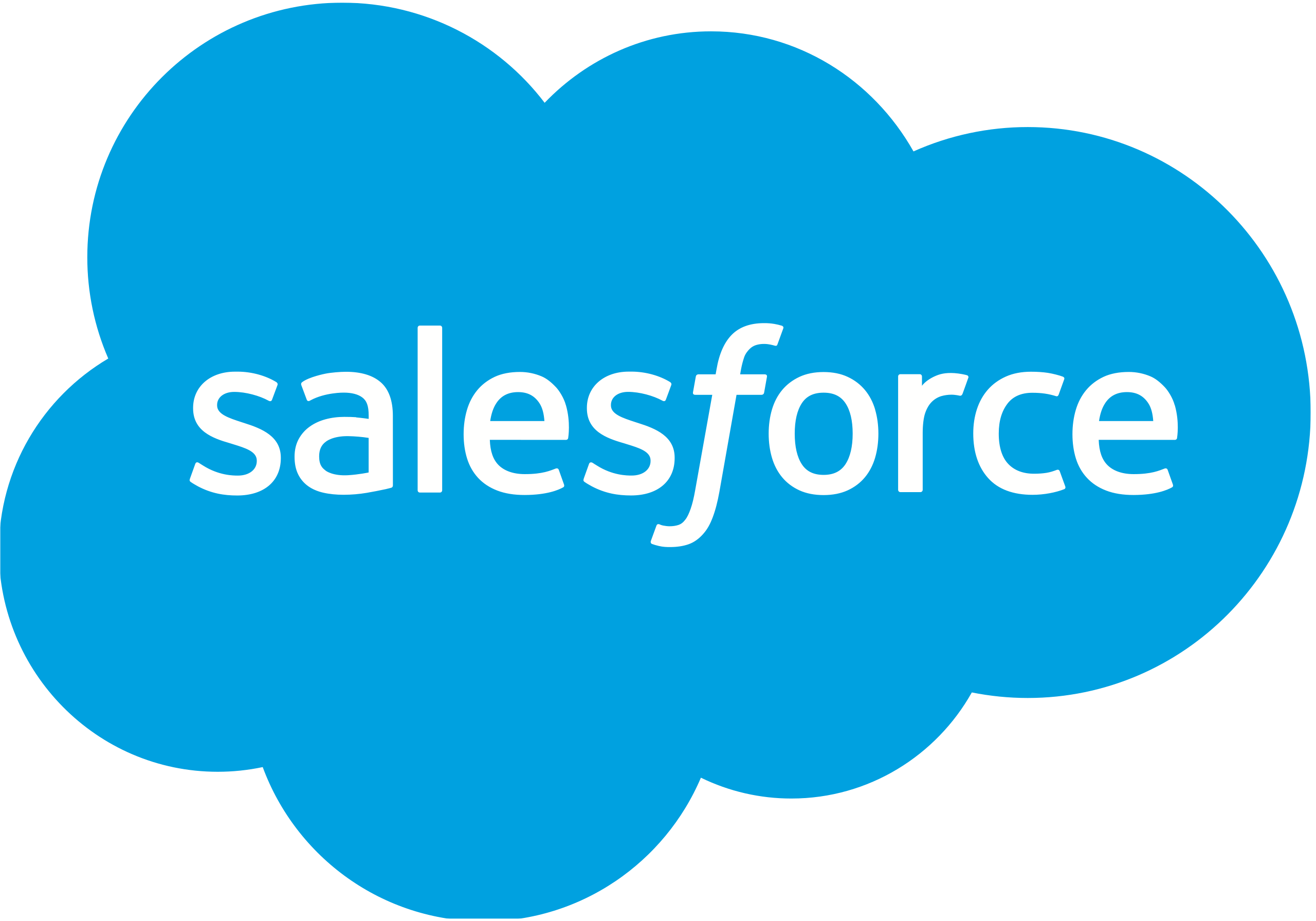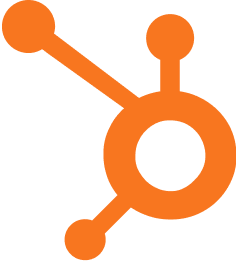Revenue Forecasting Tools: Predicting Future Earnings

Published on: October 01, 2024
Revenue forecasting tools are essential software solutions that help businesses predict future earnings based on historical data, market trends, and various other factors. These tools play a crucial role in financial planning, budgeting, and strategic decision-making for organizations of all sizes.
Why Revenue Forecasting Tools Matter 📊
Accurate revenue forecasting is vital for businesses to:
- Plan resource allocation effectively
- Set realistic sales targets
- Make informed investment decisions
- Manage cash flow efficiently
- Identify potential risks and opportunities
Key Features of Revenue Forecasting Tools 🔧
Modern revenue forecasting tools offer a range of features to help businesses make accurate predictions:
- Data Integration: Ability to import and analyze data from various sources
- Predictive Analytics: Advanced algorithms to identify patterns and trends
- Scenario Modeling: Create multiple forecasts based on different assumptions
- Visualization: Interactive charts and graphs for easy interpretation
- Collaboration: Tools for team input and feedback on forecasts
Types of Revenue Forecasting Methods
Revenue forecasting tools typically employ one or more of the following methods:
| Method | Description |
|---|---|
| Time Series Analysis | Uses historical data to identify trends and patterns |
| Regression Analysis | Examines relationships between variables to predict outcomes |
| Sales Pipeline Analysis | Forecasts based on current deals in the sales pipeline |
| AI and Machine Learning | Utilizes advanced algorithms to improve forecast accuracy |
Benefits of Using Revenue Forecasting Tools 💼
Implementing revenue forecasting tools can provide numerous advantages:
- Improved Accuracy: More precise predictions compared to manual forecasting
- Time Savings: Automates complex calculations and data analysis
- Real-time Updates: Continuously adjusts forecasts based on new data
- Better Decision-making: Provides insights for strategic planning
- Increased Confidence: Builds trust with stakeholders and investors
Challenges in Revenue Forecasting
While revenue forecasting tools are powerful, they come with certain challenges:
- Ensuring data quality and consistency
- Accounting for unexpected market changes
- Balancing historical data with future projections
- Interpreting complex statistical models
- Overcoming resistance to data-driven decision-making
Implementing Revenue Forecasting Tools
To successfully implement revenue forecasting tools, consider the following steps:
- Assess your organization's specific forecasting needs
- Choose a tool that integrates well with your existing systems
- Ensure proper data cleansing and preparation
- Train your team on how to use and interpret the tool's outputs
- Regularly review and refine your forecasting models
The Future of Revenue Forecasting 🚀
As technology continues to advance, revenue forecasting tools are evolving to include:
- More sophisticated AI and machine learning algorithms
- Enhanced real-time data processing capabilities
- Improved integration with other business intelligence tools
- Greater customization options for industry-specific needs
By leveraging these powerful tools, businesses can gain a competitive edge in today's fast-paced market environment.
Key Takeaways
Revenue forecasting tools are invaluable assets for businesses looking to make data-driven decisions and plan for the future. By providing accurate predictions and insights, these tools enable organizations to optimize their financial strategies and drive growth. For more insights, check out revenue intelligence platforms and revenue attribution strategies.
As you consider implementing revenue forecasting tools in your organization, ask yourself:
- What are our current forecasting challenges?
- How can we improve the accuracy of our revenue predictions?
- Which features are most important for our specific business needs?
- How will we integrate revenue forecasting tools into our existing processes?
- What training and support will our team need to maximize the benefits of these tools?
















